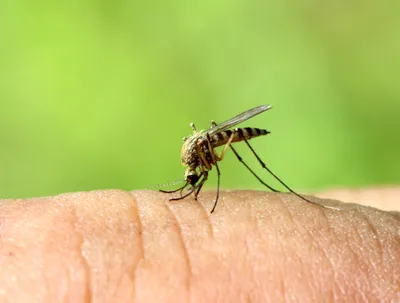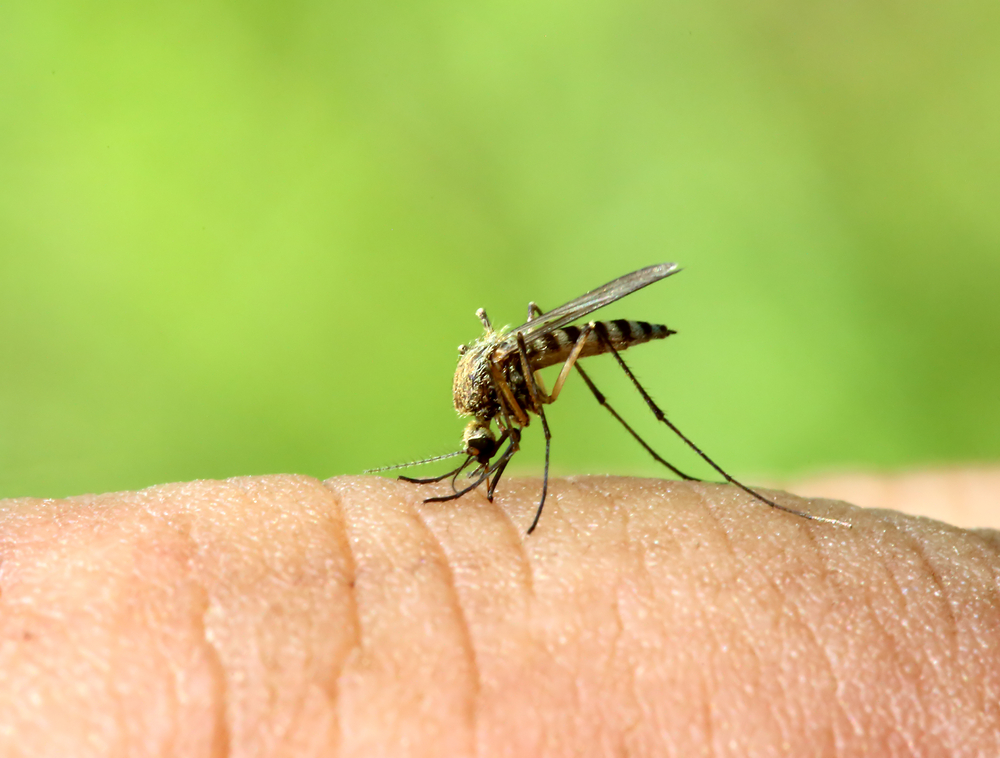
The virus is known as Chikungunya, which means “that which bends” — a direct reference to the intense joint pain that follows an infection.
Since January 57 U.S. residents have reportedly brought Chikungunya home after traveling through the Dominican Republic, Haiti, Martinique, St. Martin, and Indonesia.
The good news: the new virus isn’t quite as deadly as West Nile. Still, an infection is hardly pleasant, with most people developing a high fever, significant joint pain, rash, fatigue, and muscle soreness. These symptoms typically last for a week or two, though they can linger for months.
So far, there haven’t been any reports of Chikungunya outbreaks in the U.S., even after people brought it back to the country. However, according to the Pan American Health Organization there have been more than 165,000 suspected infections in nineteen different countries over the past few months, meaning the virus is expected to spread through the United States at some point. Obviously, that has many health experts concerned.
“We’re gearing up for West Nile season, and we’re getting ready for Chikungunya season as well,” noted Zachary Thompson, director of Dallas County Health and Human Services.
According to the Centers for Disease Control and Prevention’s Christine Pearson — whose work focuses on preventing the spread of new and highly infectious diseases — it’s important that Americans understand how Chikungunya is spread.
“For travelers who come back with the virus, it’s very important for them to protect themselves from mosquito bites, which could spread it to others,” Pearson said.



